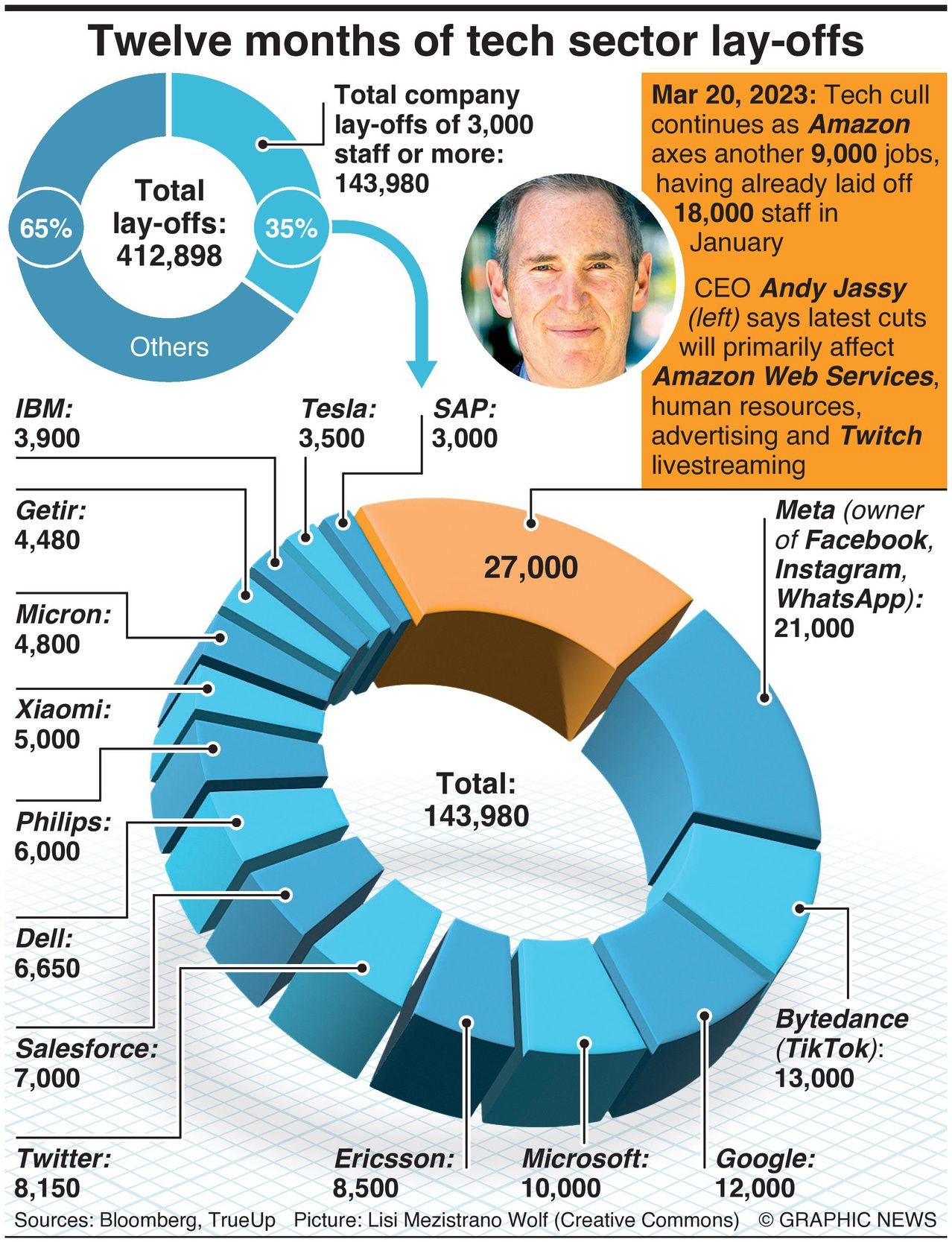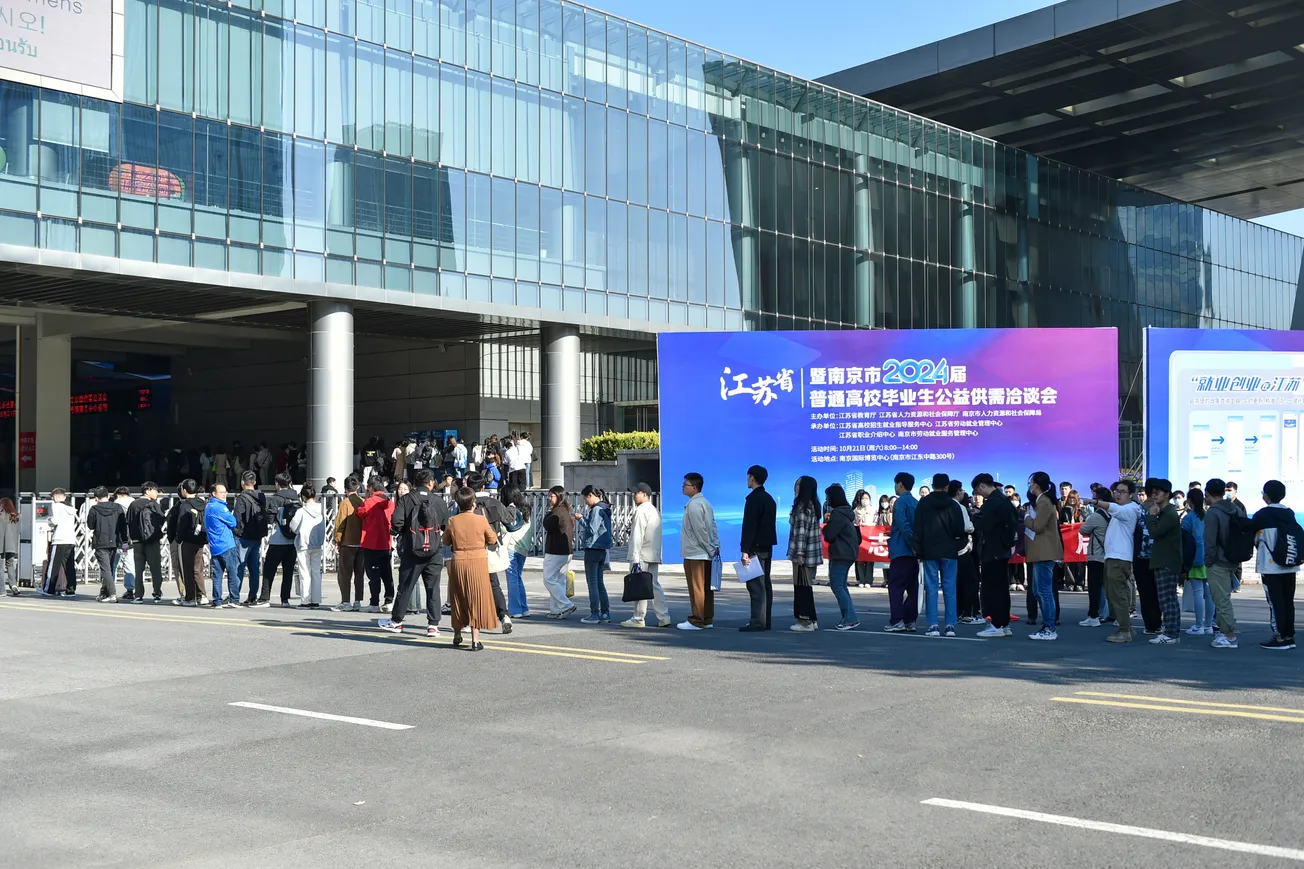In the past few months, more than 150,000 people who worked in the tech sector have been laid off. Big Tech giants are among the most prestigious employers; even a small percentage of staff layoff will affect thousands. The Tech industry says staff cutting is necessary to remain competitive and profitable as the sector faces many headwinds.
For many companies, it is a matter of trimming the pandemic fat. When the Covid-19 pandemic led to mass lockdowns and remote work, people shifted online in hordes for everything from grocery shopping to entertainment to work. Companies hired experienced staffers to meet the soaring demand. During that period, Amazon and Meta almost doubled their staff strength. But, the opening of the economy and businesses created a shift back to the pre-pandemic, real-world ways making a large percentage of the new hires redundant.
The global economy, emerging from the pandemic, was buffeted by record-high inflation and the prospect of a recession. Both are not conducive to the tech industry. With high prices, low demand, and even less purchasing power, companies fear for their revenue models. Many large tech companies rely heavily on advertising revenue, and a gloomy economic outlook caused a drastic cut in marketing budgets.
Growth projections have been slashed due to the economic downturn, and companies must rework hiring and budgeting strategies. With borrowing costs likely to remain high in the foreseeable future, cost-cutting is the inevitable option. With fewer new clients and investor pressure to stay profitable, many companies had no option but to let go of employees.
Also, the tech industry is at the cusp of another transformational shift. Artificial Intelligence (AI) is enhancing automation and streamlining processes, and tech giants are investing in developing AI-powered tools. Interestingly, according to a 365 Data Science report, 28 percent of all layoffs were from the HR divisions of various companies. AI has enabled the automation of human resource departments in many sectors. The robust, scalable, and customizable software has taken over recruiting, hiring, staffing, and payroll functions.
That AI is the next big thing in tech has been the writing on the wall for quite some time. Now, companies like Microsoft are laying off 10,000 personnel and investing $10 billion in OpenAI, the creators of the viral application ChatGPT. Following the industry trend, Google has trimmed its staff strength by about 6% and let go of close to 12,000 people. The company released its AI chatbot Bard this week.
Though reasons and situations are different, the mass layoffs echo the dot-com bubble burst of the early 2000s. While the markets lost close to $5 trillion in about two years, more than 415,000 jobs were lost between November 2001 and April 2005.
Today, the U.S. tech industry is estimated to employ around 8.9 million. The industry and investment analysts are portraying the mass firings as a painful but necessary step to remain competitive and growth-oriented. The cost-cutting, many believe, will offset the reduced revenue. Channeling their limited resources into innovation and R&D will ensure that the companies keep abreast of the latest developments in the industry. In the cutthroat world of profitability and investor satisfaction, revenue per employee is a marker that most tech giants are concerned about.
While the sector’s fiscal responsibility may help the companies survive the choppy economic climate, those who have been laid off may find that HR calls have dwindled since the pandemic days. With developers, software and hardware engineers, and HR personnel flooding the job market, the fantastic perks and bargaining powers of the pandemic era may be a thing of the past.
Related Infographics:










